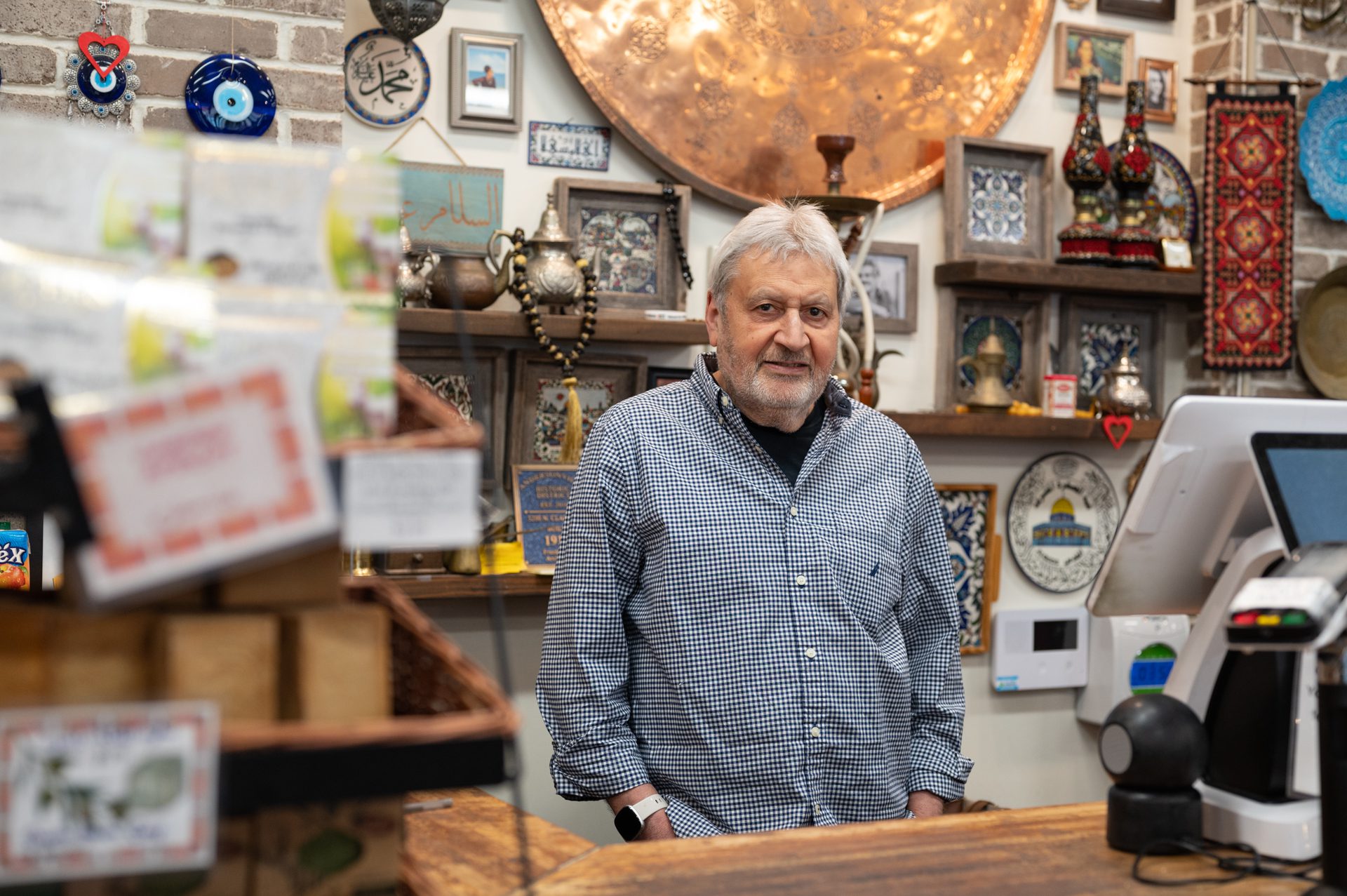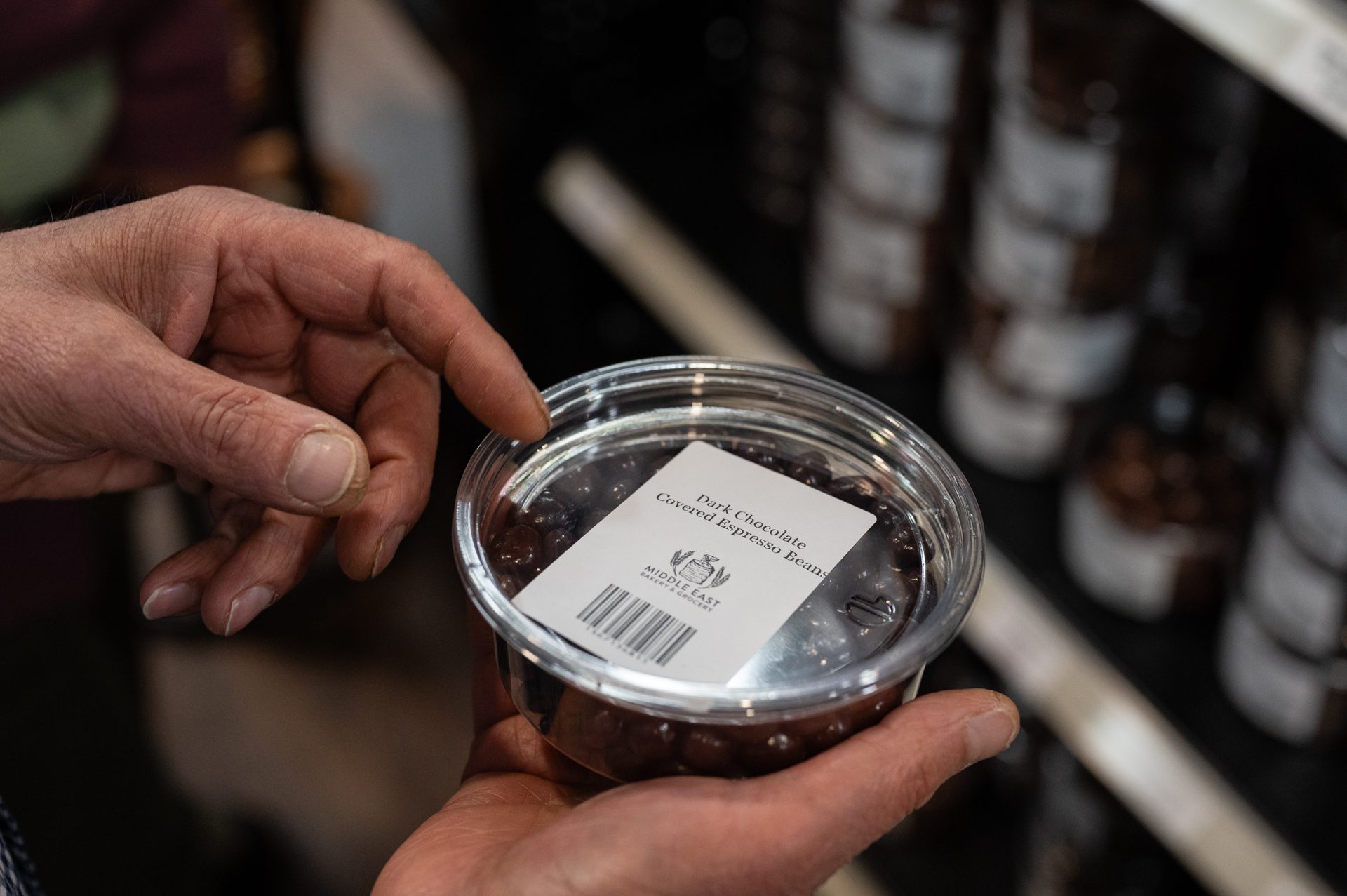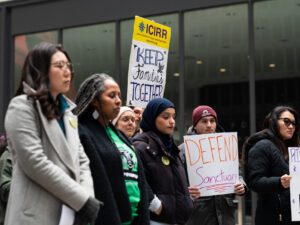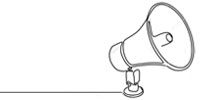 Max Herman/Borderless Magazine
Max Herman/Borderless MagazineLocal grocers and consumers are feeling the pinch as new tariffs drive up the cost of imported food.
In Chicago’s diverse neighborhoods, corner grocery stores that once stocked imported products worldwide have started feeling the pain from President Donald Trump’s widespread tariffs.
At Andersonville’s Middle East Bakery, Khalifeh Hashim, who has been in business for 40 years, says prices for staples like coffee and chocolate, mostly imported from Turkey and Europe, have skyrocketed.
“All the companies have already told us that the prices are going to increase by 10 to 25 percent,” he said. Companies have shared that “at the end of the month, maybe we’ll be out of stuff… so much stuff comes from China.”
News that puts power under the spotlight and communities at the center.
Sign up for our free newsletter and get updates twice a week.
Hashim, a frequent attendee at food expos, said the current market is “chaotic.”
“Some suppliers from the Middle East didn’t even show up to the food expo in Detroit that was launched late March—they don’t know what to charge,” he said.
In April, Trump’s higher “reciprocal” rates went into effect, but his administration announced a 90-day pause a few hours later. Still, a 10% tax on almost all products stayed in place.
After an escalating trade war, Trump and Chinese leaders agreed to pause levies for 90 days on Monday.
According to Yale’s Budget Lab, food prices could rise an additional 2.6% to 3% in the long run, including 4% for fresh produce. The tariffs are expected to cost middle-class households an average of $4,700 annually and disproportionately affect low-income families.
Stephen Nelson, an associate political science professor at Northwestern University, says this will push U.S. producers to “replace imports, force to negotiate, and disentangle” relationships with other countries like China.
“But will any of it work? Very unlikely,” Nelson said. “Chicago-area businesses also must now contend with a much higher level of economic uncertainty.”
Read More of Our Coverage
Trump has argued that tariffs are “reciprocal” and are designed to match those imposed by other countries on the U.S. The president claimed the tariffs would push consumers to buy American-made goods and boost manufacturing jobs. But most economists and business owners are skeptical. They point out that tariffs are essentially a tax on importers, a cost mostly passed on to customers.
With inflation already pushing grocery prices 23% higher since 2021, Trump’s tariffs may deliver another hit at the checkout line.
Ángel Dean, a Chicago South Side resident, said food deserts and price hikes, “make it so much more difficult for those of us that live in the community.”
Food deserts are areas where residents have limited access to affordable and nutritious food. This is a persistent issue in Chicago’s underserved neighborhoods, especially on the South and West Sides. More than 500,000 residents live in areas classified as food deserts, exacerbating the challenges posed by rising grocery prices.
“A lot of…canned goods and especially…canned beans, almost double the price—it’s absolutely insane,” Dean said. “I’ve been considering switching to dried beans, for example, just a little bit cheaper to save some money there.”
An Uptown grocer, who has been in business for 25 years, echoed the same concerns. He declined to be named due to his legal status.
“If you’re a consumer, you’ll be concerned about the tariff, of course,” he said. “Because it’s not the president paying for it. You’re the one paying.”
The longtime grocer has witnessed the significant increase in the price of imported goods from Nigeria, Ghana, and Europe, especially milk and fish.
“Before, I imported containers myself,” the grocer said. “Now, I rely on distributors—but even they’re raising prices. The only choice is to pass it on to customers.”
Food industry experts warn that shoppers can expect prices to rise across nearly every section of the grocery store. According to the Department of Agriculture, the US imports about 17% of all food and beverages, with around 80% of seafood, 80% of coffee, 59% of fresh fruit, and 35% of vegetables from abroad.
In the last few months, Hashim has seen the tariffs take hold and ripple through the market.
“Coffee prices are already up due to supply shortages, but could rise another 20-25% under the new tariffs,” Hashim said. “The dark chocolate espresso bean was $5.99, and now it costs $9.99—almost doubled.”

“I know very soon, we’re going to see something,” the grocer said, shaking his head. “I won’t be surprised if I call suppliers tomorrow and they tell me different prices. It’s going to happen.
Fatema Hosseini is a Roy W. Howard Investigative Reporting fellow covering immigrant communities for Borderless Magazine. Send her an email at [email protected].
Correction: 05/13/25 A previous version of this story incorrectly listed Uptown as the location of Middle East Bakery. The bakery is located in Chicago’s Andersonville’s neighborhood.


